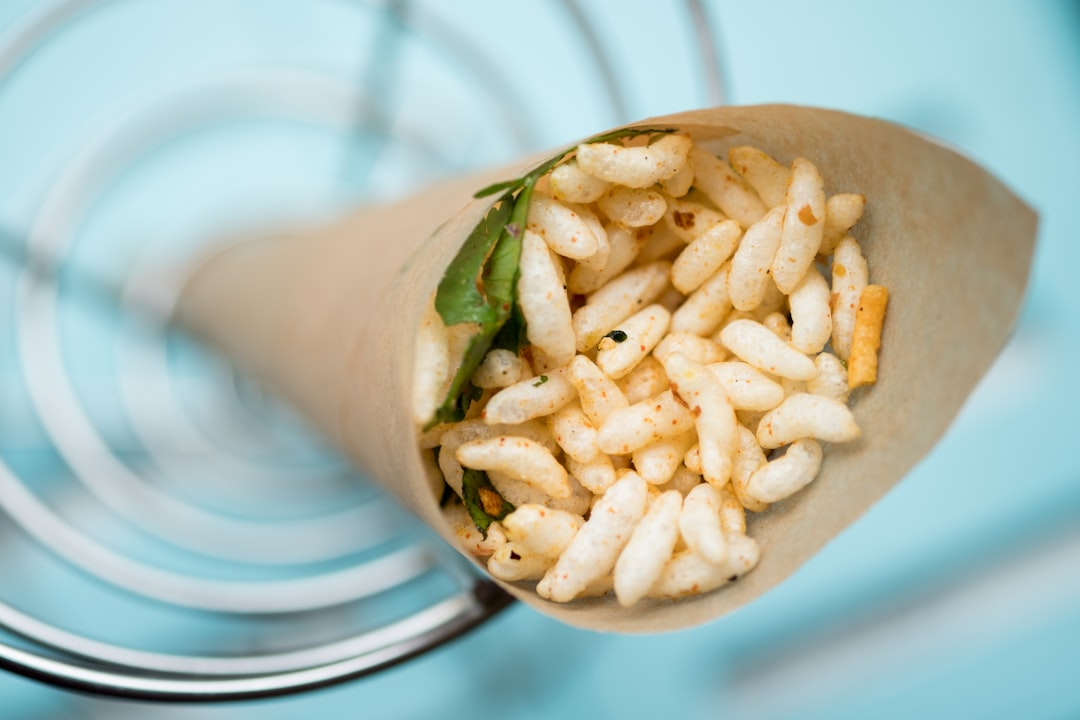What is it about?
Xanthomonas wilt of banana is a bacterial disease decimating banana plantation in East and Central Africa. Currently, no banana cultivar has been reported resistant and no chemical control for this disease, only cultural practices are recommended for its management. A study was conducted in Rwanda and DR Congo to evaluate the effectiveness of different annual crops to break down the cycle of the disease and later be recommended for rotation. Annual crops such as beans, maize and sweet potato were found to suppress the bacterium in the soil if planted for at least more than 2 consecutive seasons.
Featured Image
Why is it important?
These findings constitute a relevant contribution to the management of Xanthomonas wilt of banana.
Perspectives
Further in-depth studies on the relationship of Xanthomonas species of beans, maize, sweet potato and Xanthomonas campestris pv musacearum will add value to a better understanding of this disease at molecular level and guide future control measures
Mr Alexandre AR Rutikanga
Chinese Academy of Agricultural Sciences, Institute of Plant Protection
Read the Original
This page is a summary of: Breaking the Cycle ofXanthomonas campestrispv.musacearumin Infected Fields through the Cultivation of Annual Crops and Disease Control in Adjacent Fields, Journal of Phytopathology, May 2016, Wiley,
DOI: 10.1111/jph.12489.
You can read the full text:
Contributors
The following have contributed to this page










